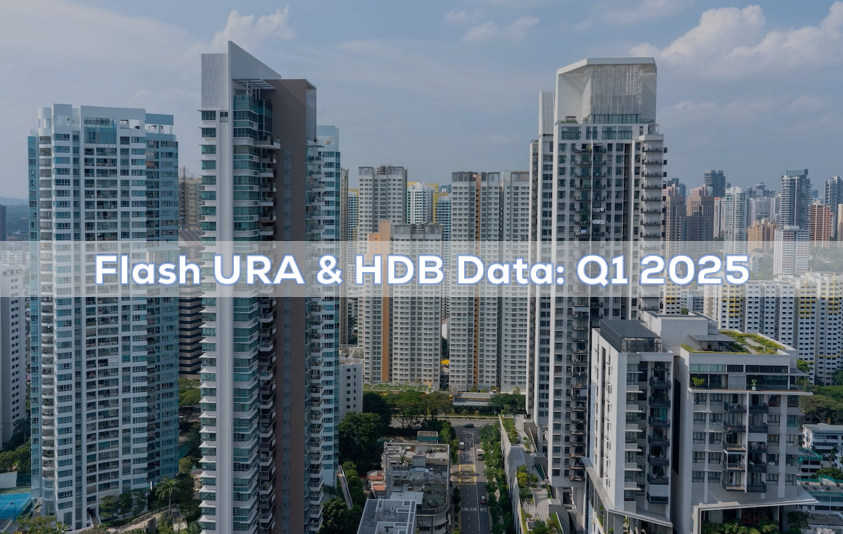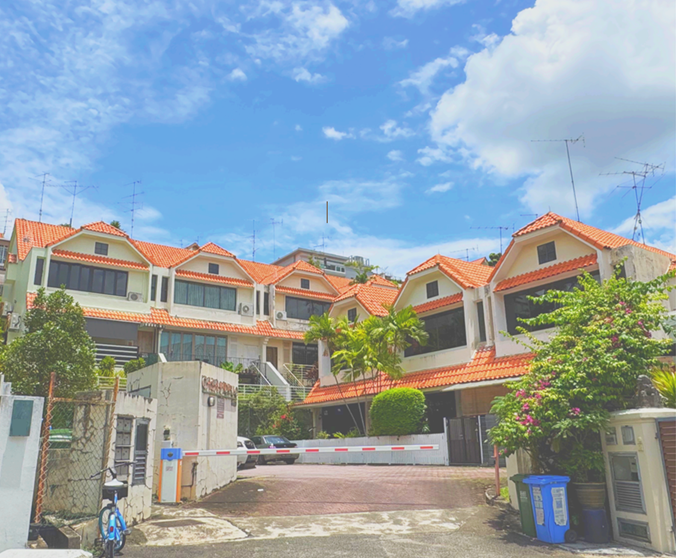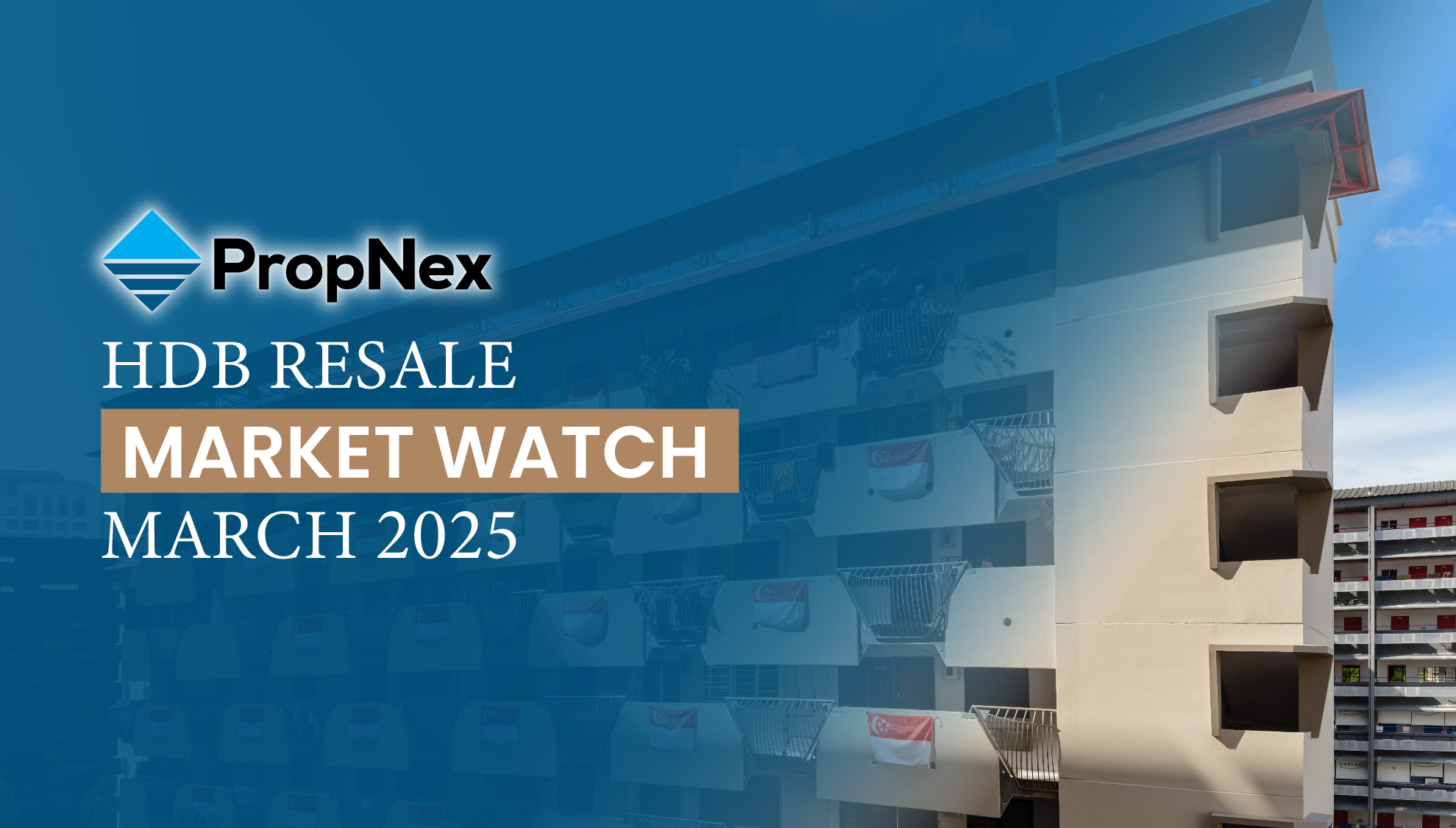With the ever-evolving landscape of the industry, staying informed about the latest developments is crucial for those looking to make informed decisions regarding their investments





With the official appointment to market over 120 new projects, PropNex has solidified its position as the top marketing agency for local new launches.
As a real estate agent at PropNex, I take pride in helping my clients find their dream homes. With an extensive selection of properties to choose from, including condos and landed properties, we offer a diverse range of options to cater to the unique needs of each client.
Selling Your Home? Let Us Help You Get the Best Deal
Selling your home can be a stressful and challenging process, which is why
it's essential to have a team of professionals on your side to help guide you through the journey. Our
team is dedicated to helping you achieve the best possible outcome when selling your home.
We have years of experience and a proven track record of successfully selling homes in a timely
and efficient manner.




